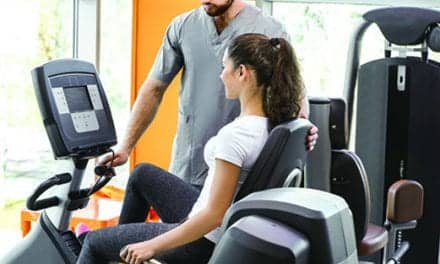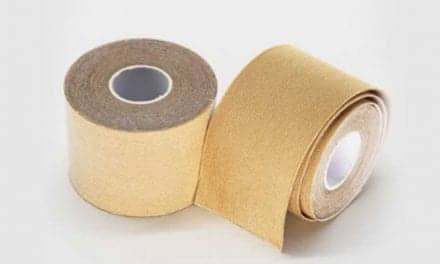A study in the December issue of Current Sports Medicine Reports, official journal of the American College of Sports Medicine (ACSM), provides a snapshot of how wearables can monitor runners’ training and help them return from injury.
The journal is published in the Lippincott portfolio by Wolters Kluwer.
“Overall, current wearable technologies accurately quantify certain running biomechanics and external training loads experienced globally by the runner,” according to the report by Isabel Moore, PhD, of Cardiff (UK) Metropolitan University and Richard W. Willy, PhD, PT, of University of Montana, Missoula.
While most commercially available devices haven’t been validated against accepted ‘gold standard’ techniques, “[W]earables can provide important insights into in-field running biomechanics than were not previously possible in laboratory-based investigation,” Drs. Moore and Willy write, in a media release from Wolters Kluwer Health: Lippincott Williams and Wilkins.
In the report, they focus on two major ways trainers, coaches, and other professionals can use data from wearables to guide training in endurance runners, the release explains:
Tracking Training Loads. Several studies have used wearable devices to measure external training load: an objective measure of the work performed by an athlete. Wearables can track training loads in real-time or near-real-time, much more accurately than traditional training diaries. Running watches equipped with GPS technology can track measures such as distances, duration, and speed, providing valuable information to maximize performance – for example, as a guide to pre-competition tapering.
Some devices – including accelerometer-equipped GPS running watches and insole pressure measurement devices – can provide in-depth data on running technique, including cadence, stride length, and contact time. This information can help to find or refine the optimal cadence and step/stride length for individual runners. With ongoing advances in data algorithms, it may be possible to generate accurate information on running kinematics, providing personalized information on performance and injury risk.
Injury Risk and Rehabilitation. Wearables can generate data on biomechanical loads, which may prove useful in studying running injuries and guiding the rehabilitation process. Recent studies have evaluated the use of GPS-equipped wearables to provide runners with real-time feedback on running pace.
Through the use of cloud-based systems, wearables enable studies of massive numbers of runners, and may provide new insights into how injuries occur. Researchers are working on new approaches using data collected by wearables as indicators of biomechanical measures such as ground reaction forces and “tibial shock” – which may aid efforts to reduce stress fractures. The article includes a case study illustrating the use of wearables to guide gradual return to activity in a runner with knee pain.
“Overall, our review finds evidence supporting the use of wearables to improve running performance, track global training loads applied to the runner, and provide real-time feedback on running speed and run cadence,” Moore and Willy write.
They make suggestions for continued development of wearable devices: incorporating data on other types of physical activity, identifying the optimal cadence and stride length for individual runners, recording information on pain scores, and measuring load at specific anatomical sites, per the release.
[Source(s): Wolters Kluwer Health: Lippincott Williams and Wilkins, Newswise]





